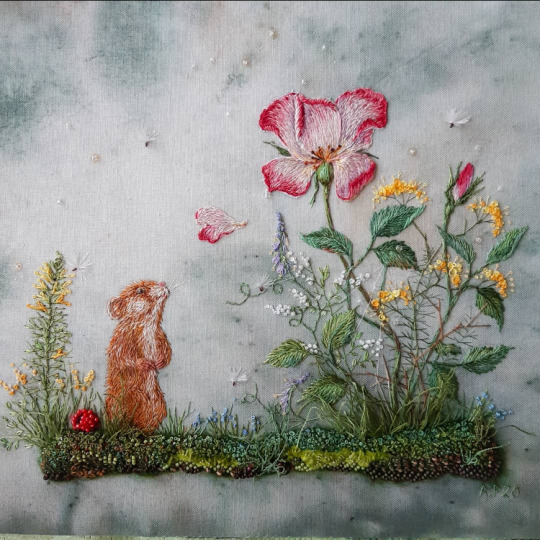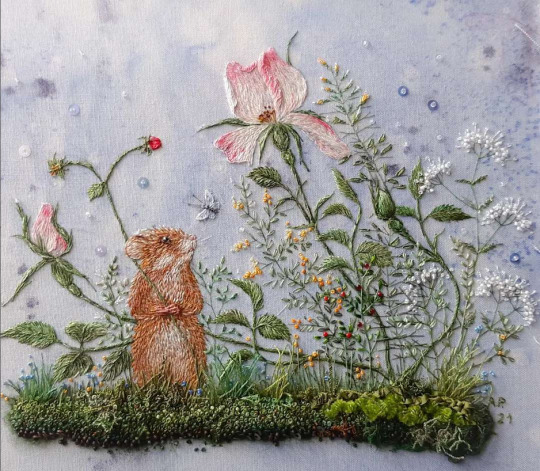Photo

Wieczór (Moczary), 1891 by Józef Rapacki (Polish, 1871–1929)
3K notes
·
View notes
Text
The other day, lying in bed, I felt my heart beating for the first time in a long while. I realized how little I live in my body, how much in my mind.
Rodger Kamenetz, from Terra Infirma (University of Arkansas Press, 1985)
12K notes
·
View notes
Text

Otto Modersohn (German, 1865-1943) - Moortumpel with Reflection, 1896
11K notes
·
View notes
Text

Forget Me
Watercolor on Black Paper
2021, 9"x 12"
Blue Forget-me-nots, Myosotis
7K notes
·
View notes
Text
“how we climb out of our griefs / again and again and rise”
— Lisel Mueller, from Waving from Shore: Poems; “Great Performances”
6K notes
·
View notes
Text

Malyen Oretsev in Ruin and Rising (Leigh Bardugo)
24K notes
·
View notes
Photo


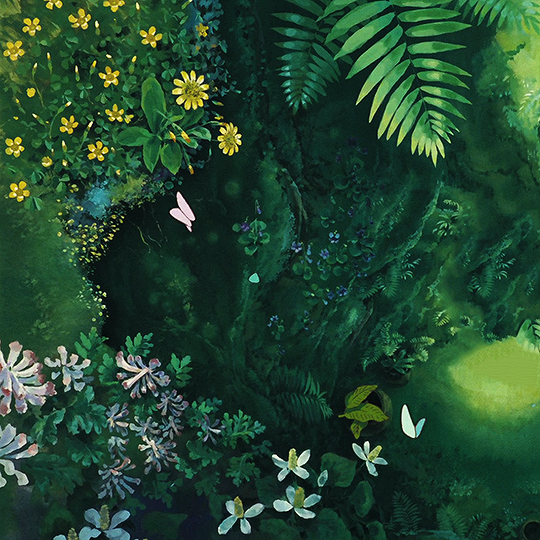


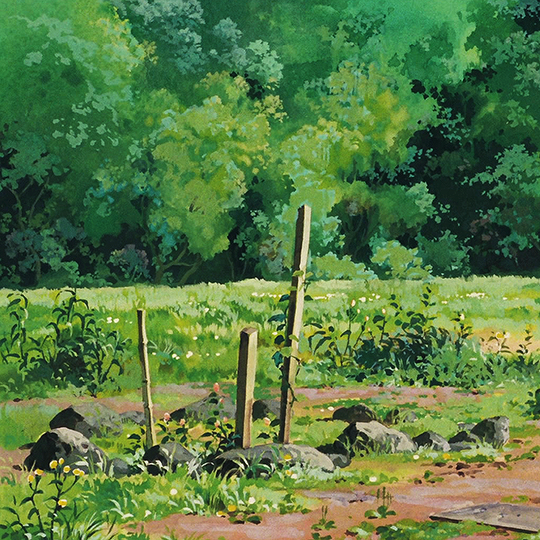




I believe that you met the King of the Forest, Mei, and meeting him is a sign of good luck. My Neighbor Totoro となりのトトロ┃1988
12K notes
·
View notes
Text


cottage goals💐danial casson
https://www.instagram.com/dpc_photography/
2K notes
·
View notes
Photo


Red and White Campion Meadow & Wild Campion Meadow by Alan MacKenzie
16K notes
·
View notes
Photo

Red Thorns, Odilon Redon
Medium: pastel,paper
33 notes
·
View notes
Photo








DONKEY SKIN / PEAU D’ÂNE (1970) Costume Design by Gitt Magrini
3K notes
·
View notes
Link
Samoa has a name for boys who prefer “feminine” clothing, games and roles: “fa’afafine”, meaning “in the manner of a woman”. Allotted traditionally female crafts and household duties, this “third gender” was revered for combining nurture with physical strength. In modern Samoa, there’s no stigma if your son is a fa’afafine: they are warmly accepted, even celebrated.
A fa’afafine, Jaiyah Saelua, was the first transgender footballer to play in a World Cup qualifying game. She was centre back for the American Samoan national team: the men’s team. Samoans understand that changing gender does not affect a person’s immutable biological sex.
Samoa enjoys few sporting glories but it excels at weightlifting. Feagaiga Stowers, just 20, a child sexual abuse survivor who started lifting while living in a domestic violence shelter, won gold at the 2018 Commonwealth Games. She looked a cert for the 2019 Pacific Games too, but instead the podium was topped by 41-year-old trans woman Laurel Hubbard. Bumped to second place, Stowers and team mate Iuniarra Sipaia, who took bronze, hung their heads in dismay.
Back in Samoa, the response was more baffled than furious. The prime minister asked how it could be fair that this New Zealand fa’afafine was competing against women. The question will echo across the world on Monday when Hubbard competes in the Olympic women’s 87kg-plus weightlifting. Stowers and team mates aren’t even there. Covid risk is the official reason. But given that all other qualifying Samoans are in Tokyo, there’s speculation the female lifters are protesting at the injustice of their event.
Reviewing Helen Joyce’s recent book Trans, my colleague David Aaronovitch remarked that her tone was too angry. But when I think about Stowers battling such odds, or Roviel Detenamo, only 18, a lifter from even poorer Nauru, denied her first Olympics because Hubbard took her qualifying slot, I’m filled with white-hot rage. What else are women supposed to feel? Pioneer athletes fought for decades to win official recognition for our sports. Women’s weightlifting wasn’t even an Olympic event until 2000. Now, as our hard-won competitions are opened up, our places, scholarships and medals claimed by male-born competitors with physical advantages clear to any child, must we applaud politely this “progress”?
Men like the International Olympic Committee’s medical and science director Dr Richard Budgett have no skin in this game. “Everyone agrees that trans women are women,” he said this week, “a lot of aspects of physiology and anatomy and the mental side contribute to elite performance.” That tired old sophistry: being male in a female sport is no more unfair than Michael Phelps having flipper-sized feet. Why then, replied sports scientist Ross Tucker, has no woman ever come within 10 per cent of the best 1,000 males?
How has Hubbard even qualified for the Olympics? At 43, she is 20 years older than the field. As a teenage boy, she was a junior champion, then a mediocre adult — until, aged 35, she transitioned and entered the women’s league. Men half Hubbard’s 20-stone bulk can lift bigger weights. Yet she counts among the strongest women in the world.
Until 2015 trans women had to undergo gender reassignment surgery to compete in female Olympic sports. But LGBT activists argued that since 80 per cent retain male genitalia, this was forced sterilisation. Behind closed doors, a meeting attended mainly by trans activists, with no input from women’s sporting bodies, devised a new metric for fairness: testosterone.
Now the IOC rules state that any male who wants to punch female boxers or run the women’s 100 metres must simply get their testosterone below 10 nanomoles per litre for a year. The normal testosterone range for women, including elite athletes? It’s 0.12-1.78 nmol/L. So even when applying this one paltry measure of fairness — the level of rocket-fuel male hormone — they didn’t try for parity. Five to ten times the female norm was just fine. And what if a woman athlete used drugs to raise her testosterone to 10nmol/L? She’d be disqualified for doping.
Anyway, lowering testosterone was not chosen as an entry requirement because it’s fair but because it’s achievable. Whereas the advantages of male puberty are irreversible. Just listing them — height, weight, muscle bulk, lower body fat, hips that aren’t designed for childbirth and thus give a stronger gait — makes me livid. All that energy women athletes such as Sharron Davies and Martina Navratilova must expend restating something as clear-cut as the laws of gravity, that the Earth is round, only to be damned as bigots.
The IOC has already consulted on changing its 2015 rules, with widespread agreement that male puberty advantage endures — but is not more unfair than having Phelps-sized feet. Anyone watching mixed-sex 400-metre relay races can see the truth with their own eyes. Yet whenever a choice is between male-born feelings and female fairness (or even safety), the former prevails. A World Rugby report concluded that female players have a 30-100 per cent greater risk of serious injury when colliding with trans women. Yet Rugby England ignored it: trans inclusion is worth a few broken female necks.
Samoa shows another way. Embrace gender expression but don’t override sex. Instead of insisting women budge up and lose out, why not make male sports an open category? Insist men “be kind” for once. The outgoing Samoan sports minister Loau Keneti Sio, reflecting on Hubbard, said that maybe Samoa should start entering fa’afafines in female events: “I’m certain we will win all the medals”. No, that’s not the way — the IOC should think more like Samoa.
223 notes
·
View notes
Video
My deaf puppy doesn’t notice whenever I come home, so I get to wake her up gently and see her innocent excitement.
(Source)
11K notes
·
View notes
Photo
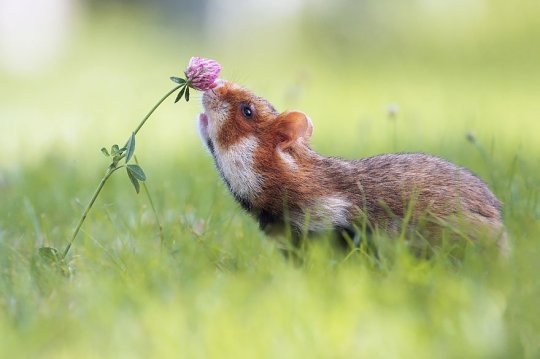
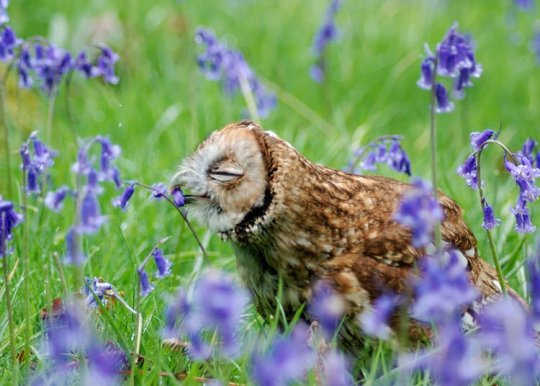


for anyone that’s having a bad day, here are pictures of animals sniffing flowers
376K notes
·
View notes
